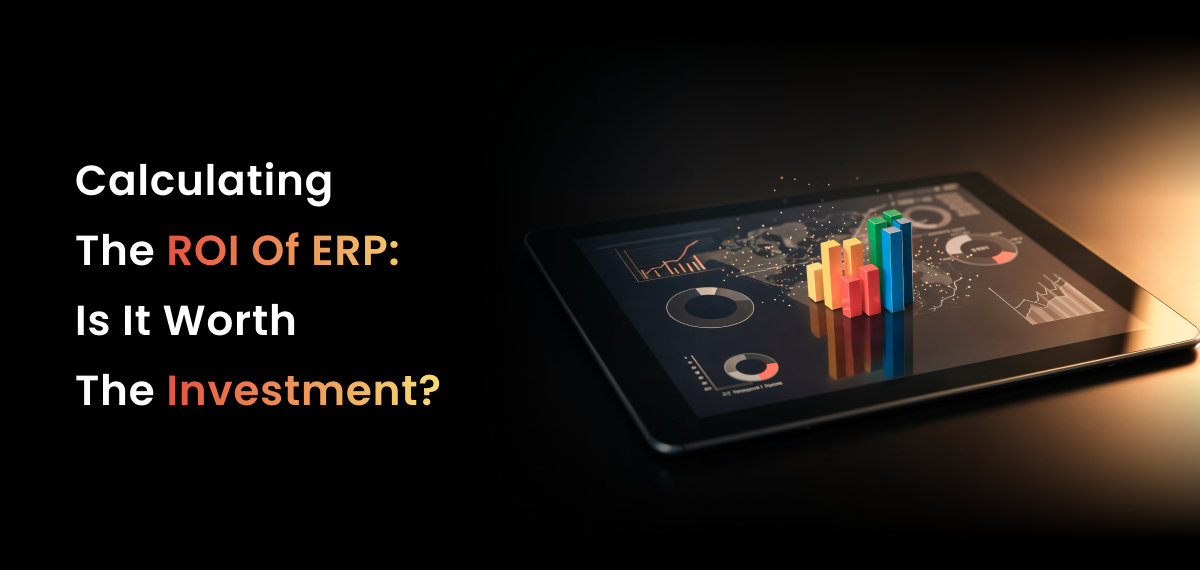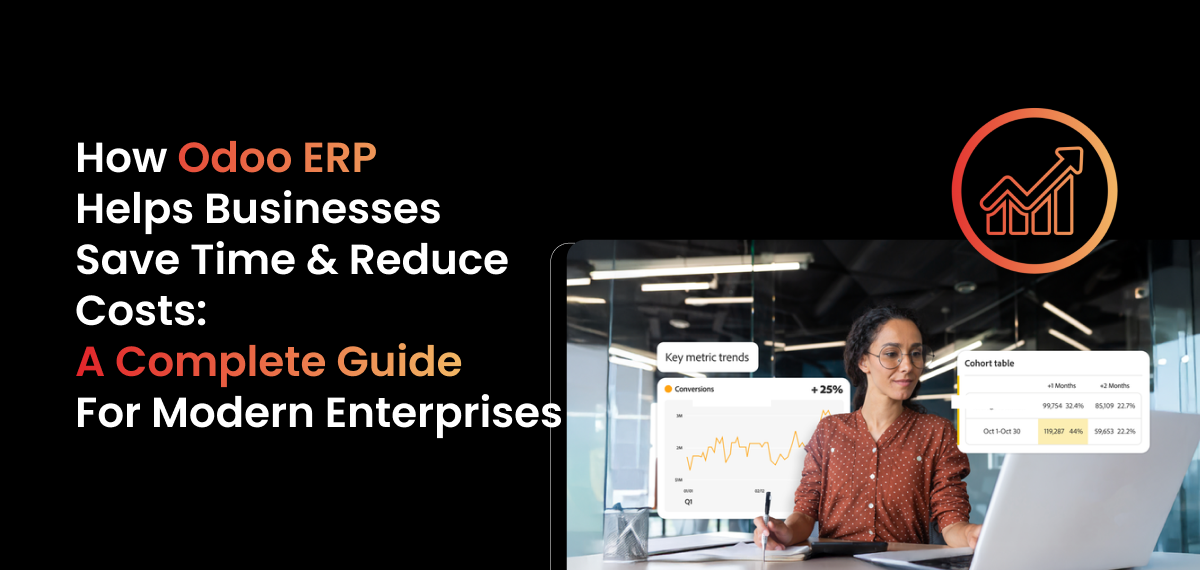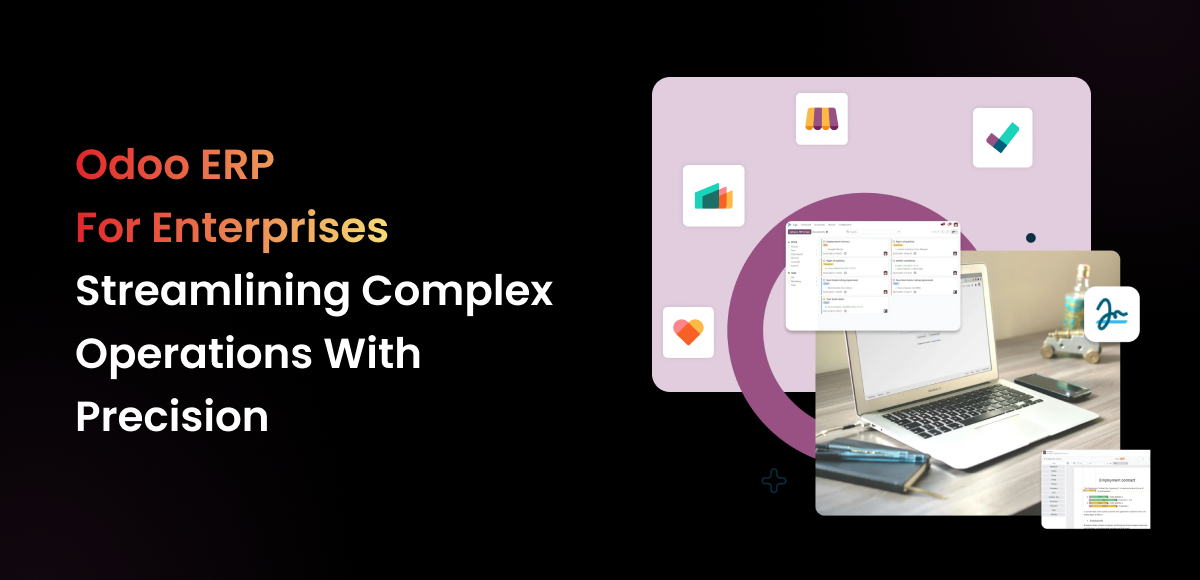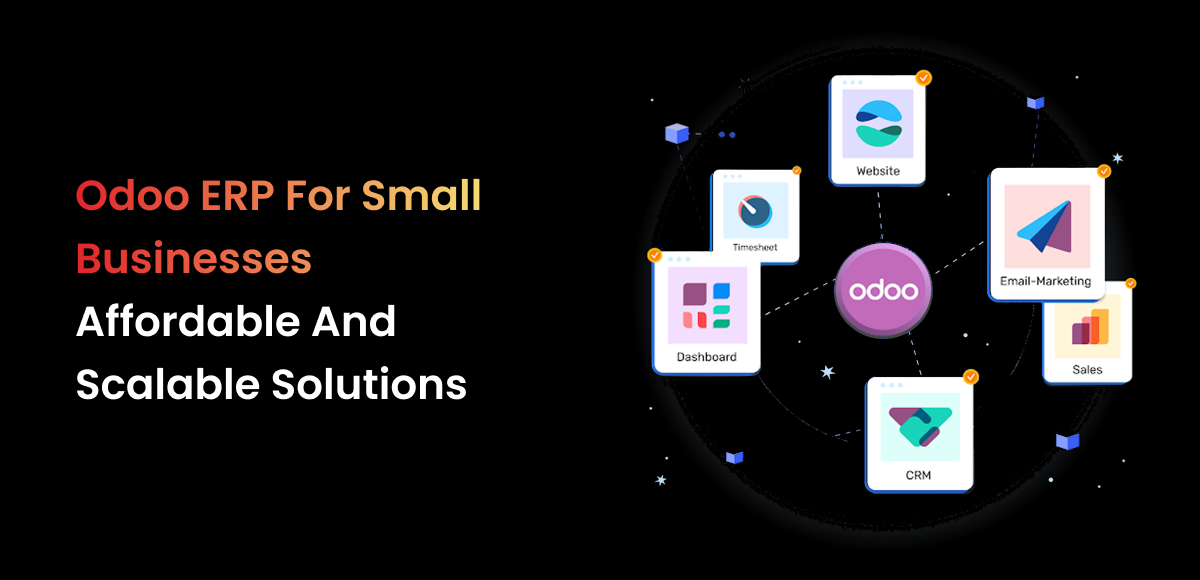Calculating The ROI of ERP: Is It Worth the Investment?

The software tools allow companies to carry out various tasks with ease, including stock control and people management, making them more effective. But then again the hefty amount of investment required for ERP raises a very important question:
Is it really worth it?
Therefore, this paper seeks to discuss the complexities of Return on Investment (ROI) calculations in case of ERP systems and find out whether their advantages surpass the disadvantages.
Understanding ERP Systems
All parts of an enterprise need to be integrated into one information system for any ERP system to function effectively. Such integration ensures accuracy in data handling, redundancy eradication as well as decision making capabilities enhancement among others. The most used ERP modules include:
- Financial Management: accounting processes as well as budget creation and reporting are made easier by it.
- Human Resources (HR): employee record management including payrolls, recruitment processes and performance evaluation among others.
- Supply Chain Management (SCM): procurement, stock control systems and logistics are handled by it.
- Customer Relationship Management (CRM): This includes enhancement of customer interaction systems hence promoting sales activities.
- Manufacturing: It focuses on production planning schedules together with quality assurance checks on products manufactured
Benefits of ERP Systems
- Improved Efficiency: Through automation, ERP systems enable the swift execution of repetitive activities thereby limiting human involvement while reducing mistaking
rates. - Better Decision-Making: The provision of real-time information and analytical skills aids in making informed strategic choices.
- Enhanced Collaboration: When information is stored in a single place, cooperation among several departments is enhanced.
- Scalability: These programs have been designed to match with a growing company at its own pace by including additional operations together with new users.
- Regulatory Compliance: Most ERP systems come built-in with software that helps in meeting various government and industry’s requirements.
you must learn more Benefits Here.
Calculating the ROI in ERP
Determining the ROI of an ERP system means making an attempt to measure both its costs and benefits in the course of implementing it. Complications can arise from many factors involved in this computation.
Costs of ERP Implementation
- Software Costs: the price tag on ERP software itself which may differ from one vendor to another as well as based on organization size
- Implementation Costs: these are expenses incurred during installation, configuration and customization of ERP system
- Training Costs: involves time and resources for training employees on how to effectively use new systems
- Maintenance and Support Costs: continuous expenditure for updating software, providing technical assistance and maintaining systems.
- Hardware Costs: buying new gadgets or upgrading already available technical milieu supporting ERP systems.
- Lost Productivity: People lose their efficiency at first because they have to cope with new technologies.
Benefits of ERP Implementation
- Increased Revenue: Greater sales and revenue growth arise from more efficient operations and enhanced decision-making.
- Savings under cost: Increments in operational costs can result from automated process and refinements.
- Inventory management up-graded: Improved tracking and forecasting may lead to a decrease in the holding costs of stock.
- Improved customer contentment: Higher service quality results in better customer satisfaction as well as retention and brand loyalty.
- Regulatory compliance: The threat of incurring a fine due to non-compliance is lowered.
- Better Data Management: Various business operations are supported by better data accuracy as well as availability.
ROI Calculation Formula
The basic formula for calculating ROI is:
ROI=Net BenefitTotal Cost×100\text{ROI} = \frac{\text{Net Benefit}}{\text{Total Cost}} \times
100ROI=Total CostNet Benefit ×100
Where:
- Net Benefit is the total benefits minus the total costs.
- Total Cost includes all costs associated with the ERP implementation.
Step-by-Step ROI Calculation
- Identify Costs: List all costs associated with the ERP implementation, including software, hardware, training, and maintenance.
- Estimate Benefits: Quantify the benefits, such as cost savings, revenue increases, and productivity gains.
- Calculate Net Benefit: Subtract the total costs from the total benefits.
- Compute ROI: Apply the formula to determine the ROI percentage.
Factors Influencing ERP ROI
- Company Size: Larger organizations may also experience more returns on investment (ROI) since they benefit from either economies of scale or specialization.
- Industry: Some industries like manufacturing and retail sectors get more from enterprise resource planning (ERP) systems compared to others.
- Implementation Strategy: Costly installation can be minimized if it is properly planned while this will help some people.
- User Adoption: Thus making better use of all the ERP system’s capabilities.
- Customization: Customization can lead to improvement in benefits as well as add cost to business.
Is ERP Worth the Investment?
A number of factors affect how worth an ERP system would be in terms of investment:
- Alignment with Business Goals: To what extent does the ERP fit into the firm’s strategy?
- Scalability: Will your ERP grow alongside your business
- Vendor Support: How much help and updates are offered by your ERP vendor?
- Employee Readiness: Do your employees have readiness towards new systems?
Case Studies
Case Study 1: Manufacturing Company
An ERP system was adopted by a certain manufacturer for better inventory management and lesser production delays. The beginning investment was huge but after two years there was 20% less spent on stocks plus 15% more effective use which resulted in positive return on investment.
Case Study 2: Retail Business
ERP system was implemented in a retail business with an intention of improving customer relations management and simplifying operations. Though it faced some challenges during implementation, within the first year there was a 10% growth in sales and a reduction of operational costs by 5%, making it worth the trouble.
Conclusion
Determining ROI for an ERP System is a complicated process involving analysis of benefits both tangible and intangible against associated costs. A high initial investment is justifiable when looking at long term benefits like increased efficiency, better decision making capability as well as happier customers.
In this regard organizations need to assess their particular requirements, industry situation and plan for its implementation in order to know whether an ERP system is worth going for
or not. If properly designed and implemented, an ERP system can have great value such that it drives growth and creates a competitive edge over other businesses.









